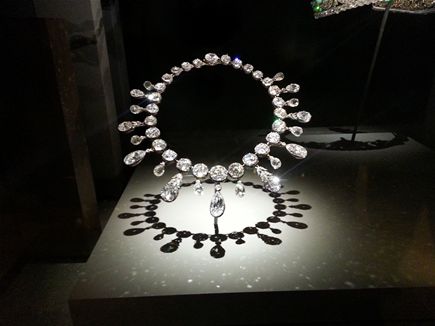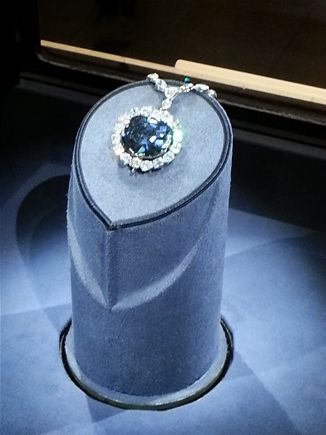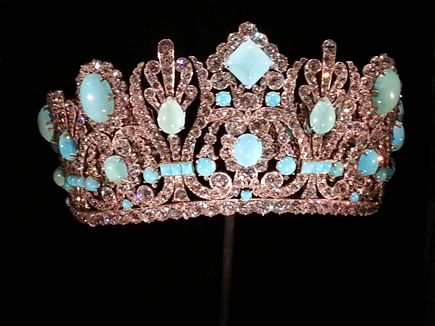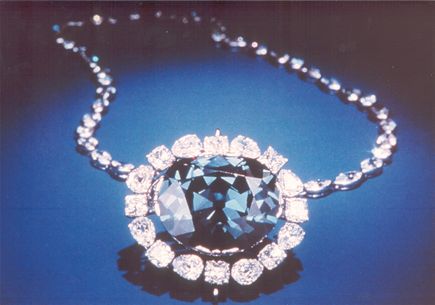



The Hope Diamond and Other Famous Diamonds at The Smithsonian
Valued at an astonishing US$250 million, The Hope Diamond is not only the largest and most famous blue diamond in existence, but is also claimed to be the most viewed artefact in the world. The daily queues around the Rotunda in the National Museum of Natural History in Washington DC to view the diamond would bear testament to this.
However, the previous lighting system installed meant that visitors viewing the diamond were generally disappointed, seeing only a dull, lifeless, grey-blue stone. As a result, a US$13 million refurbishment plan was implemented which involved moving the stone to a new home in the museum's Hall of Geology, Gems and Minerals and designing a new storage vault and lighting system.
We were given the daunting task of designing the most elaborate bespoke lighting system that was ever generated to illuminate a single artefact.
All the fibre optic equipment specified in the resulting design had to be contained within some very tight constraints, resulting in a combination of achromatic lenses, prisms, graticules, optical mirrors and baffles being developed in order to bend, control and image the light to create the desired effect. Viewing the finished exhibit, no hint is given of the complexity of the lighting system as no mechanical or optical equipment is visible.
The new illumination of the Hope Diamond was completed in 1997. Today, it still 'sparkles, dazzles and glows' (the Senior Curator's words) as brilliantly as ever.
The lighting systems remain exactly as installed - untouched. Museum staff merely open the lid to the soffit and replace the lamps in the two projectors from time to time, as required.
Other famous items exhibited in the same room as The Hope Diamond are items of jewellery once owned by illustrious people in history, such as Napoleon Bonaparte.
